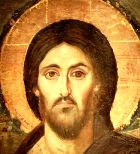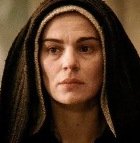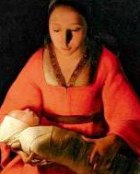Mary, the Angel Gabriel: famous paintings
Who was Mary? A young girl in the unimportant village of Nazareth. She had a message from God that the gospels describe as the visit of an angel. She was asked to be the mother of a son who would one day be the Messiah. She accepted this awesome task.
Questions for Bible study groups
- What’s your favorite Annunciation painting? Why? What do you like about it?
- What are some of the main symbols of Mary in these paintings?
- What do they mean?
- How are angels presented in paintings of the Annunciation?
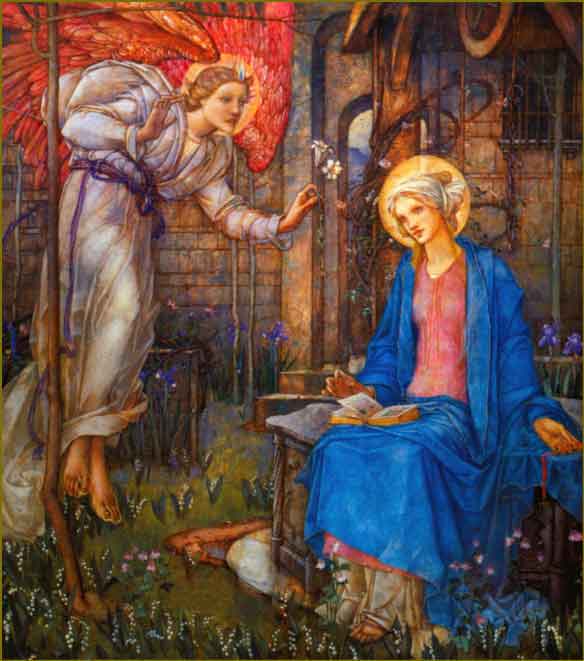
Annunciation, Edward Frampton
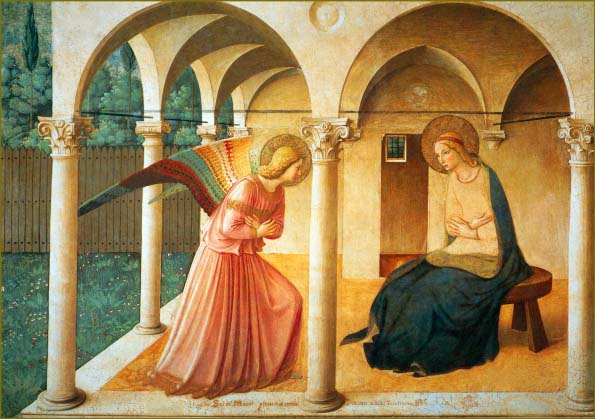
Annunciation, Fra Angelico, 1438
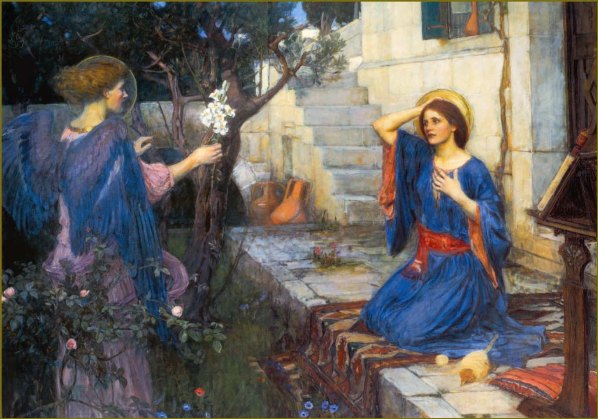
Annunciation, John William Waterhouse, 1914
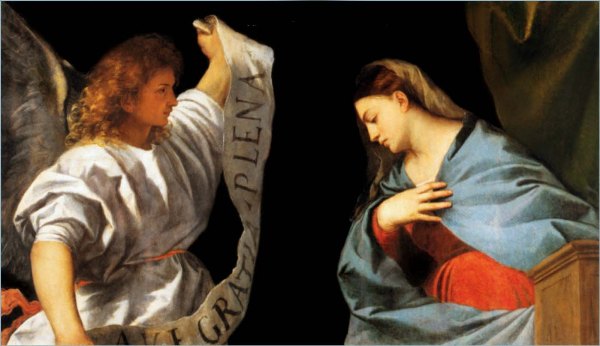
Annunciation, Titian, 1522
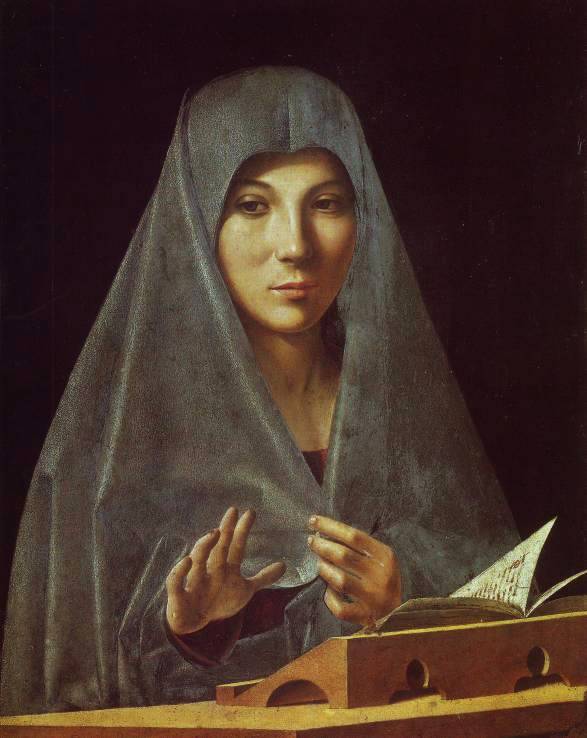
Annunciation, Antonello da Messina, 1474
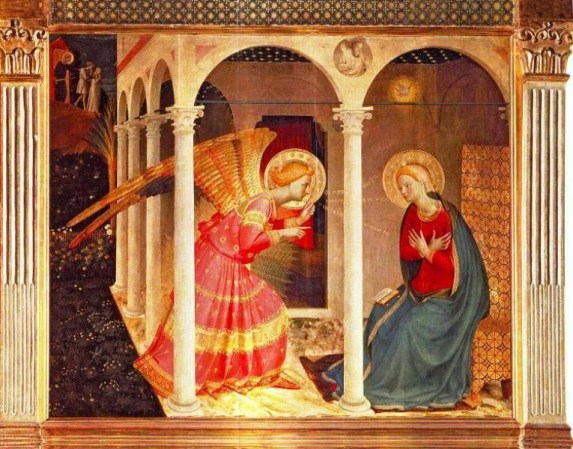
Annunciation, Fra Angelico
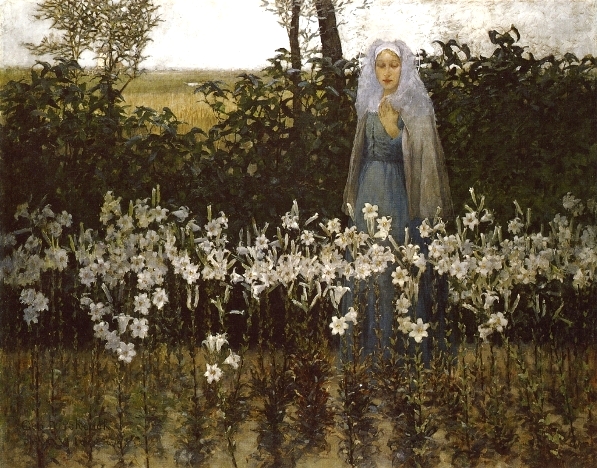
Annunciation, George Hitchcock, 1887
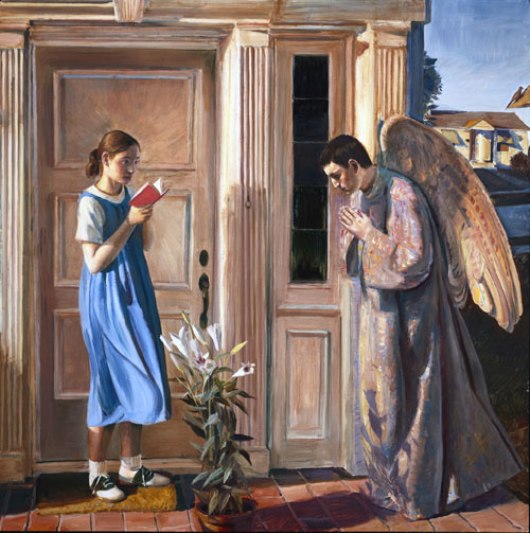
Annunciation, John Collier
Hidden meanings in Annunciation paintings
- Light passing through a glass window, or a walled garden, symbolize Mary’s chastity.
- Christians believed the Annunciation took place in springtime – the Annunciation is celebrated on 25 March, nine months before Christmas Day. So Mary is often shown with a spring flower in a vase, which later became a lily, symbol of virginity.
- The archangel Gabriel is winged and traditionally in white. He may be descending towards the Virgin, or standing or kneeling before her. In early examples the angel holds a sceptre tipped with a fleur-de-lys, an attribute of Gabriel, but later he holds the lily. In Sienese paintings he holds an olive branch, a sign of the enmity that existed between Siena and Florence, since a lily was the emblem of Florence.
- Mary is often shown with a book open at the celebrated prophecy of Isaiah (7:14), ‘A young woman is with child, and she will bear a son . .’
- The dove usually descends on a slanting ray of light that touches the Virgin’s head or breast, delicately suggesting the moment of conception.
- Italian Renaissance paintings show Mary in an open loggia, and only rarely in her house. Northern artists put her in an ecclesiastical setting, because the Gothic style with pointed arches and slender pillars symbolized Christianity and the Church. This contrasted with other buildings — rounded arches, plain pillars and domes — which correspond to the architectural style of the eastern Mediterranean, and are therefore symbolic of Judaism. The Virgin is sometimes depicted within or standing at the door of a Gothic building, while nearby the Romanesque crumbles into ruins.
- The area in which the Virgin receives the angel is well lit, illuminated by the light of the Christian faith, in contrast to the small dark windows of an ‘eastern’ (Romanesque) temple.

